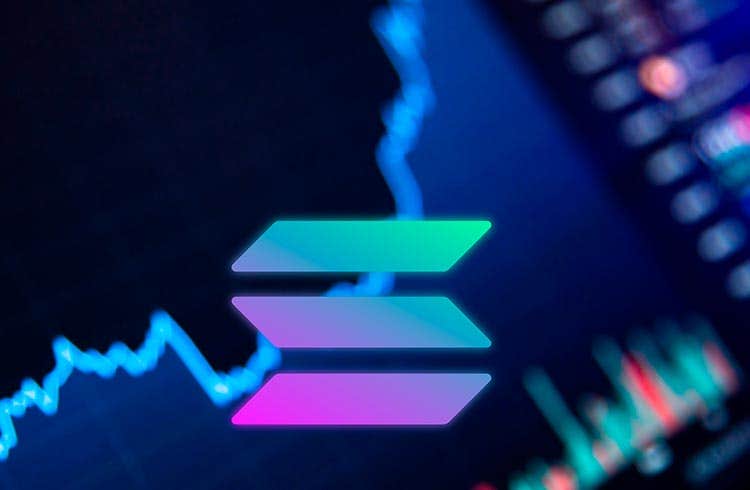The Bitcoin Layer 2 network Stacks enables NFTs, Smart Contracts and dApps on Bitcoin. Since its inception in 2017, Stacks has been among the top BTC-L2 projects in the crypto market. With the launch of several City Coins, the project has made the headlines several times. Fueled by the hype surrounding the Bitcoin NFTs “Ordinals”, the project has now once again come into the crosshairs of investors.
In the last 24 hours alone, STX is up around 50 percent. At the time of writing, STX is trading at just under $0.6.

What is Stacks (STX)?
Stacks is a blockchain network that can execute smart contracts and all transactions of its network on the Bitcoin blockchain finalized. It was first launched in 2017 under the name Blockstacks. Stacks basically works similar to Ethereum Layer 2 networks. These outsource ETH transactions from the Ethereum mainchain, process them and finally finalize the result back on the mainchain.
Technically, Stacks works a little differently than Ethereum sidechains or rollups. The project should actually be described as a layer 1.5 network. For the sake of simplicity, however, the comparison with Ethereum Layer 2 networks is sufficient.
Basically, the big advantage of Stacks is that the project enables smart contract functionality on Bitcoin without the need for a fork. Bitcoin can thus use Stacks to create decentralized applications that run on top of bitcoin via stacks and benefit from the security and stability of the bitcoin blockchain.
That is why the Bitcoin Layer 2 project is growing
In addition to the hype surrounding the Bitcoin NFT project “Ordinals”, the increased developer activity is likely to be responsible for the increase in STX. According to Stacks are now running around 35,000 smart contracts on the Bitcoin Layer 2 network.
Also develop according to the team meanwhile over 150 different projects applications on stacks. Another reason why developers are so interested in stacks is that smart contracts can be developed on stacks for free compared to many other blockchains.
But not only developers are interested in stacks. Also the number of daily active wallets in the Stacks network according to Messari up 67.4 percent year-on-year.

Still, with an average of just under 1,000 active wallets per day, Stacks is a small number compared to Ethereum Layer 2 networks. The Ethereum Layer 2 network Arbitrum, for example, is coming up short 30,000 active wallets per day.
- CryptoQuant Analyst: Bitcoin Nowhere Near Its Peak – Buckle Up, Hodlers! - December 21, 2024
- Chainalysis: $2.2 Billion Lost to Crypto Hacks in 2024 - December 21, 2024
- Bank of Japan leaves interest rate unchanged: Impact on the macroeconomy and the crypto market - December 20, 2024














![Best Platforms for Copy Trading in [current_date format=Y] 25 Best Platforms for Copy Trading](https://cryptheory.org/wp-content/uploads/2024/12/copy-trading-120x86.jpg)







